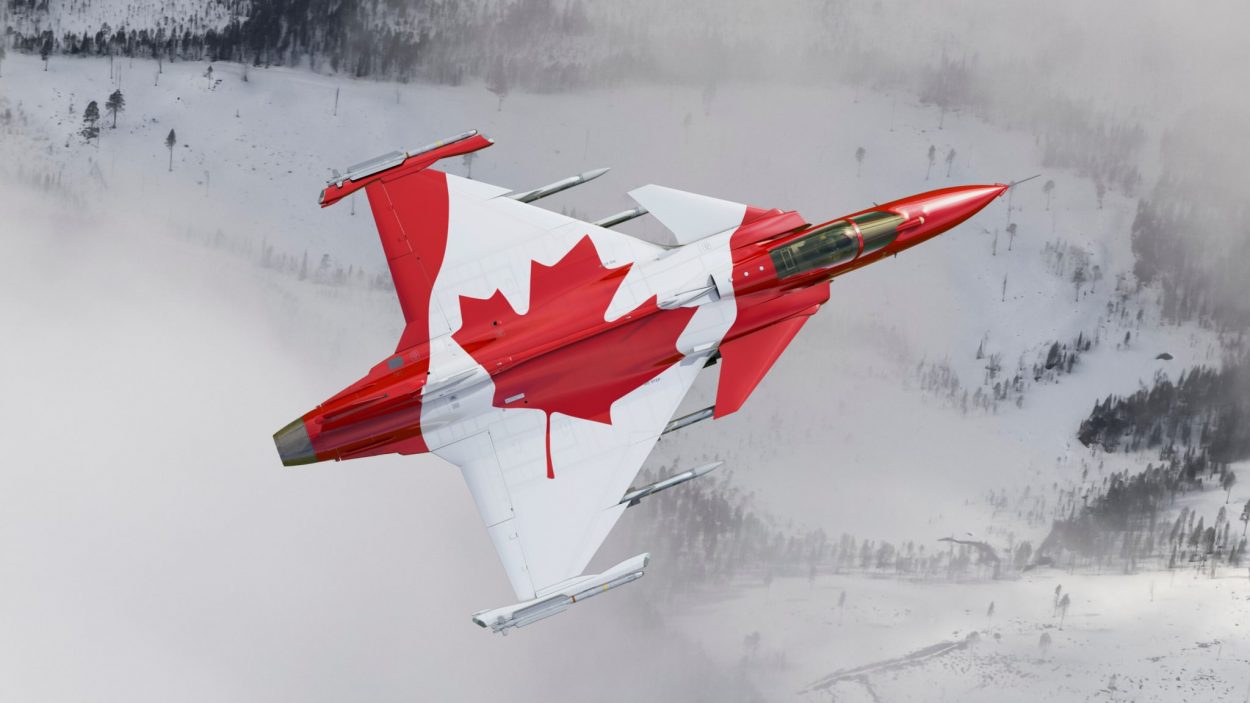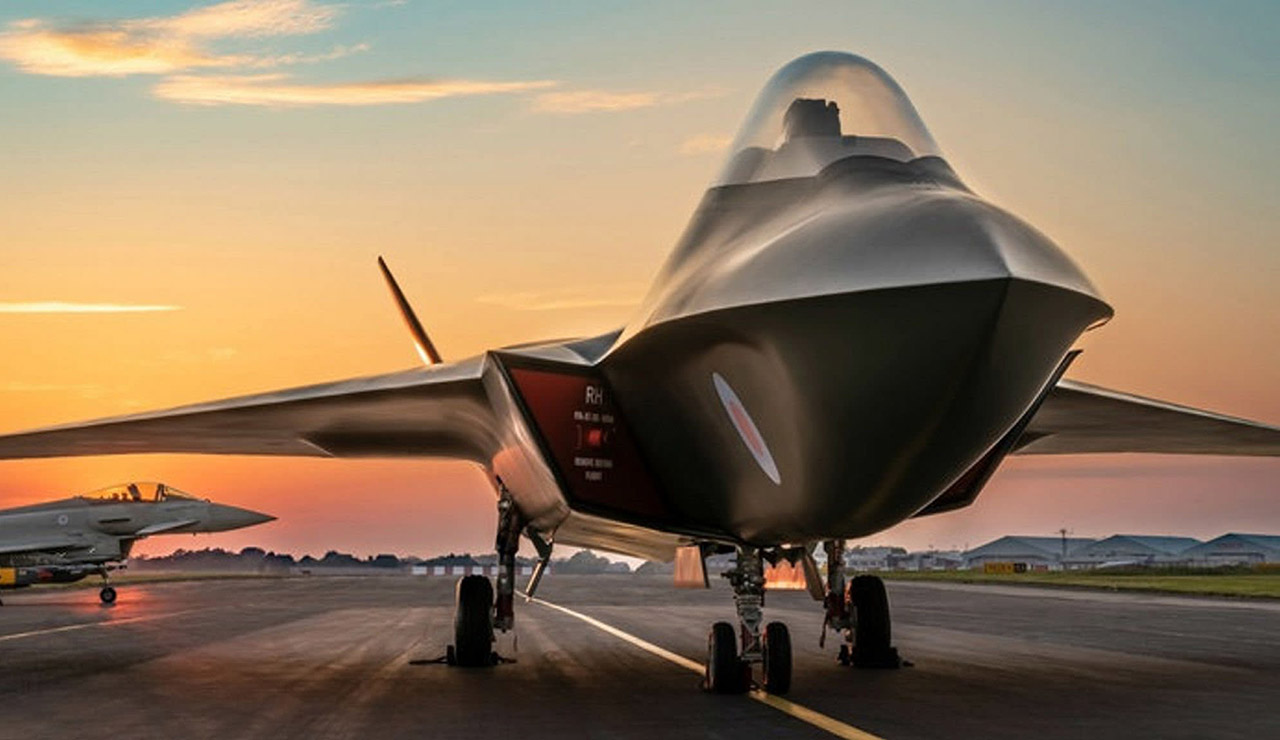With an eye on developing a next-generation fighter jet, the Swedish Defence Materiel Administration (FMV) has awarded a contract to Saab for conceptual studies for future fighters, both crewed and uncrewed. The contract is valid until 2025.
Chinese JF-17 “Shot Down” By 2nd-Hand F-16 Fighter Jet; US Establishes ‘Air Supremacy’ In Argentina
According to a press statement dated March 22, Saab will “collaborate closely” with the FMV, the Swedish Armed Forces, the Swedish Defence Research Agency, GKN Aerospace, and other industrial partners.
“During the period up to 2025, activities will be initiated that include knowledge building at the Swedish Armed Forces, the Swedish Defence Materiel Administration, and the Swedish Defence Research Agency,” the FMV said.
“It is about being able to lead, analyze, and evaluate the business, carry out studies and system concepts, and develop an overall set of requirements. Furthermore, the activities will ensure national industrial capacity and know-how through studies, technology development, and preparations for ground-based and aerial demonstrators.”
Saab, which is popular for producing the cutting-edge Gripen fighter jets, said it will extend its partnerships with relevant parties to leverage innovative and emerging technologies that will be crucial to combat aircraft systems in the future. However, it did not specify whether it had already decided on the partners it was willing to collaborate with.
Furthermore, Saab noted that it will explore innovation platforms such as the Defense Innovation Initiative of the Swedish Government and the Defense Innovation Accelerator for the North Atlantic (DIANA) of NATO.
Sweden has been exploring the development of a next-generation aircraft for several years now. However, the Russian invasion of Ukraine, the subsequent security threat faced by the country, and its membership in NATO have accelerated a future aircraft program.
Sweden used to be entirely focused on homeland defense, but to protect maritime supply lines, it would now need to reach much farther into the Atlantic Ocean. It would also need to address the challenges of anti-access/area-denial (A2/AD), improve situational awareness, and provide airborne early warning capabilities.
To keep its standing as an established player in Europe’s aerospace industry, Saab, which has spent decades designing and producing Sweden’s air combat platforms, is probably going to work on developing a design for a next-generation aircraft that will likely replace the older Gripens.
Gripen vs F-16: UK Bets On SAAB Fighters To Outflank US Fighting Falcons For Thailand Deal
In November last year, a Swedish official announced that Sweden had started the first phase of a national study’s concept investigation phase. At the time, the official stated that although the next-generation fighter project is currently quite vague and has only just entered the idea exploration phase, it would be based on a revised strategic vision for Sweden in light of its upcoming NATO membership.
The official noted that Phase 1 will cover idea investigation while Phase 2 will address concept and technology development. The primary areas of focus for the two phases are operational analysis, system concepts, and aircraft demonstrators.
Sweden essentially has three options to choose from: either develop a system all by itself, collaborate with another party to develop a system, or acquire the system from a third party.
Sweden previously appeared to be leaning towards the second option when it became an observer in the UK-led next-generation fighter program. However, its exit means that it is back to strategizing on its next move again,

Sweden Exits UK’s Next-Gen Aircraft Program
Sweden joined the UK and Italy on FCAS in July 2019, when the then UK Minister for Defence Procurement in the Ministry of Defence, Stuart Andrew, and Swedish Defence Minister Peter Hultqvist signed a memorandum of understanding (MOU) to develop future combat aviation technologies jointly.
Even the British, Italian, and Swedish projects shared the same name — FCAS — until Stockholm exited and Japan entered the project. Following that, it was called the Global Combat Air Program or GCAP.
By August 2023, reports were indicating that Sweden was “effectively on hiatus” from Tempest. On August 26, Micael Johansson, President and CEO of Saab, announced that the nation is currently in a “hibernation period” for the global project.
Johansson said the project’s original promise has not yet been fulfilled, and Saab of Sweden is now taking a backseat as other FCAS partners “map out the direction of the program” and take into account the requirements going forward.

“We are on the margins (of FCAS), and our involvement has not been as intensive as we thought it would be at first. We are not out of the program, but Sweden has hibernated while we see how the UK, Italy, and potentially Japan set up the program. I am not sure how this will play out.”
Sweden had earlier shown interest in joining the Global Combat Air Program (GCAP), which currently includes the United Kingdom, Italy, and Japan. However, it officially dropped out by November last year.
Defense aerospace journalist Gareth Jennings posted on X on November 7: “Sweden confirms that involvement in Tempest is now officially dead. ‘We walked away from trilateral studies with the UK and Italy about a year ago and launched a national study. I will not answer questions about why it didn’t work with the UK and FCAS.’—official.” Tempest is the name of the UK’s former next-generation fighter program, which has now merged into the GCAP.
In January this year, Italy indicated that, along with Japan and Britain, the partner nations may eventually welcome other governments that aim to produce an advanced fighter jet. This triggered speculations that Sweden might consider a rethink to return to the program.
However, the details remain murky, and Stockholm has yet to chart out a full plan for its next course of action.
- Contact the author at sakshi.tiwari9555 (at) gmail.com
- Follow EurAsian Times on Google News




